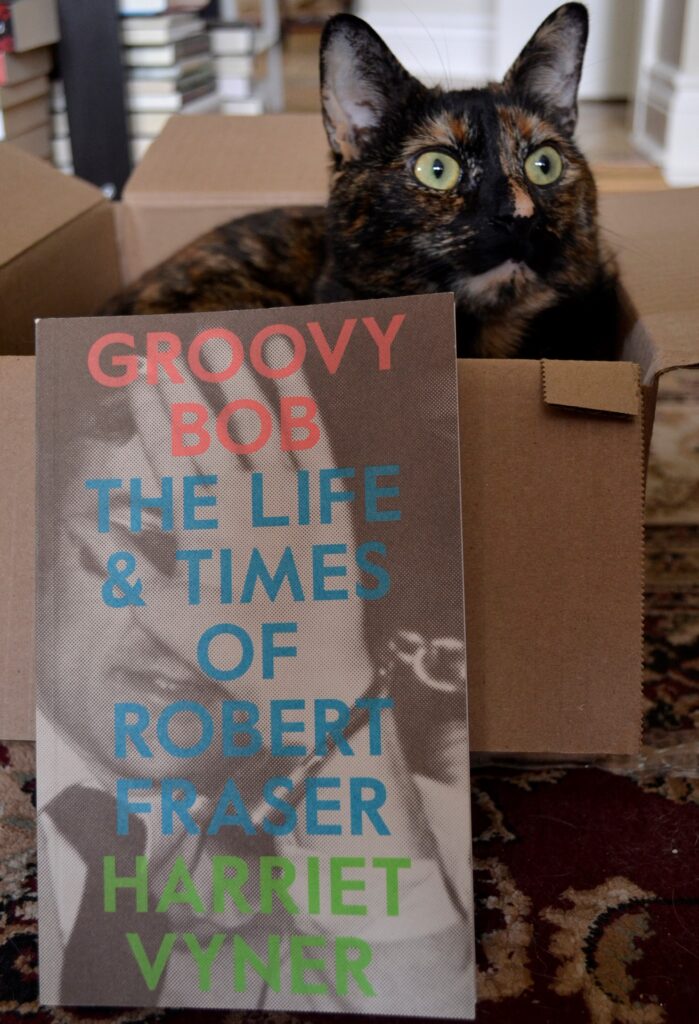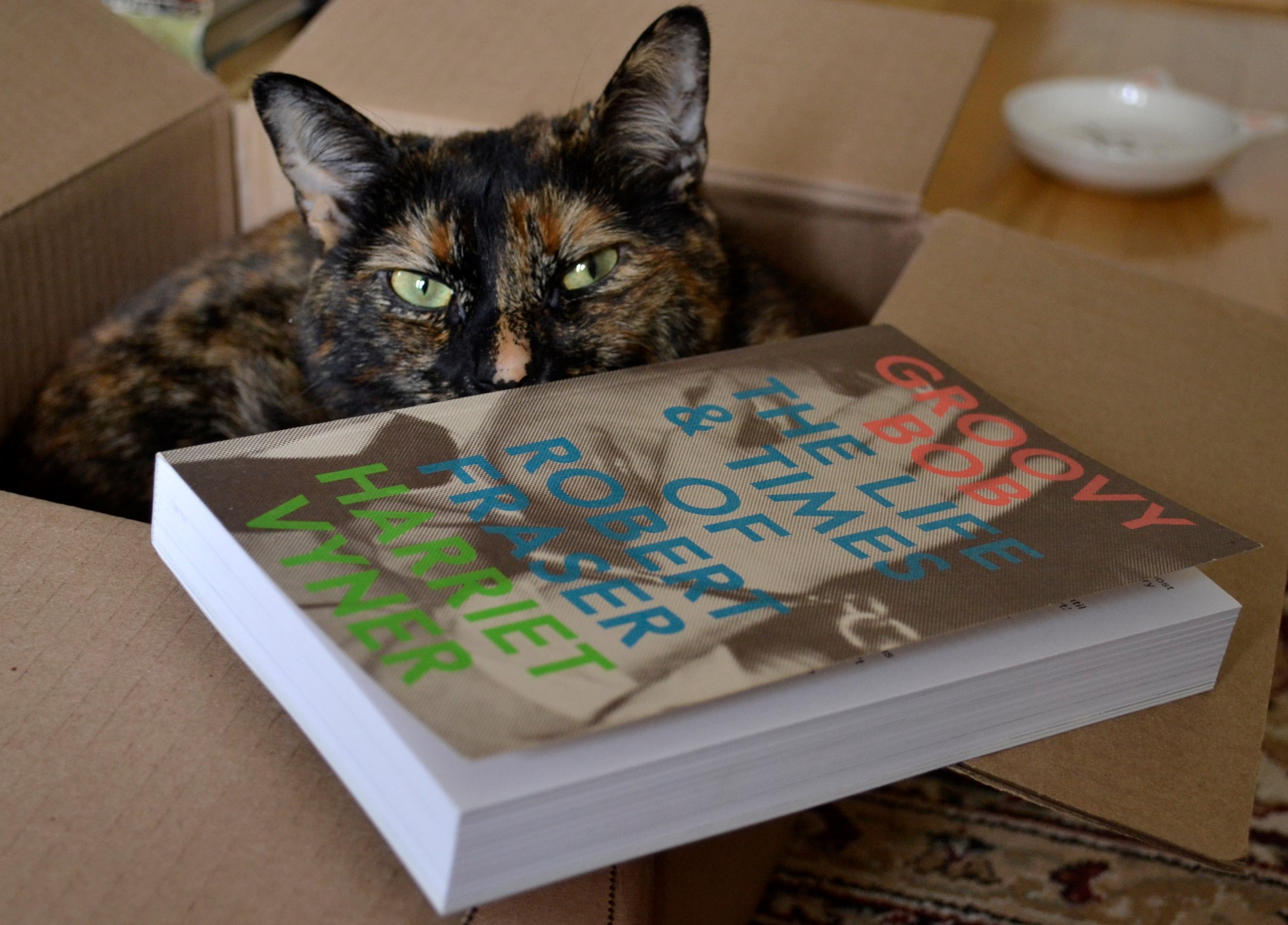It’s That Time of Year Again
As the lawnmowers reverberate throughout the neighbourhood, I feel the most aggressive kind of suburban peer pressure there is. But no, I am going to hold out until next week and give the bees an extra few days to wake up. It feels like I need a few extra days to wake up too. After so much work last week it feels like I’ve been in some kind of email-induced coma that is over now, but I’ve got a roving headache as an after-effect.
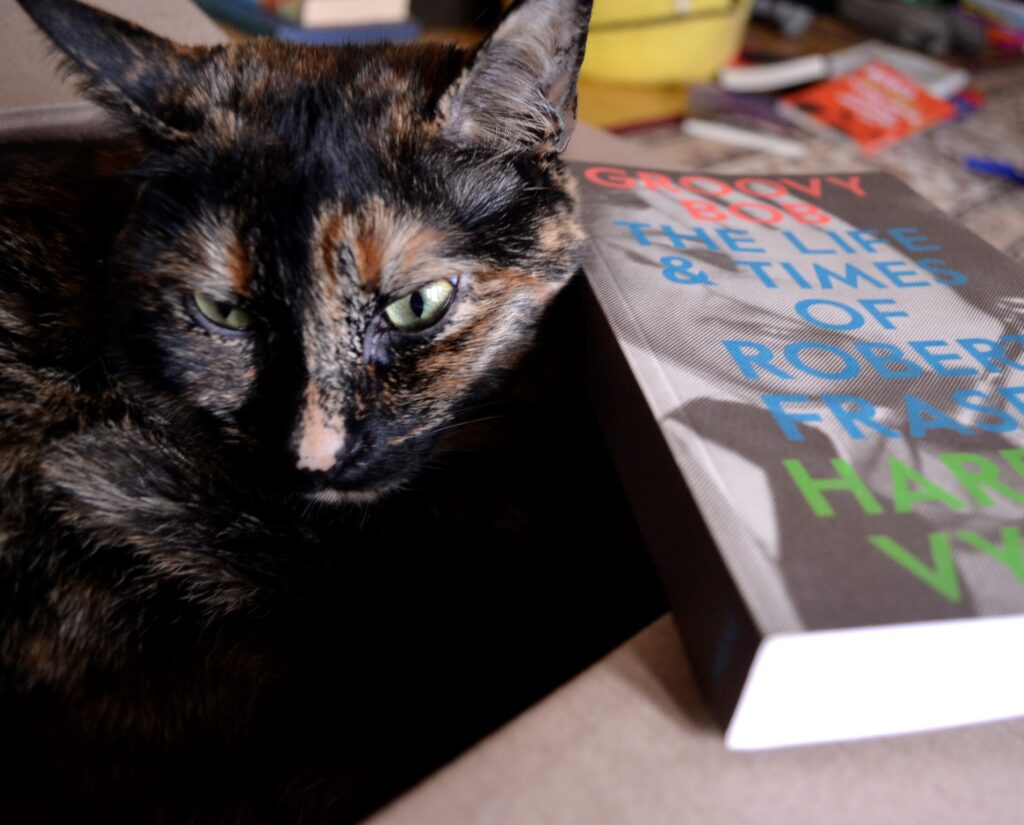
A long hike yesterday helped. So did being a relative hermit today. Everyone is out enjoying the weather and I’m glad that all the neighbours are happily working in their yards — yet I have an empty social battery that needs some isolation to re-charge. I know it’s hard to understand for extroverts, but it’s no reflection on any specific person that my battery drains. It’s just pure quantity of social interactions. I need some time before I’m willing to poke my head out of my shell.
While I’m gathering some energy, I just want some books, some television, some hockey, and my lovely spouse to keep me company in the atmospherically darkened sitting room.
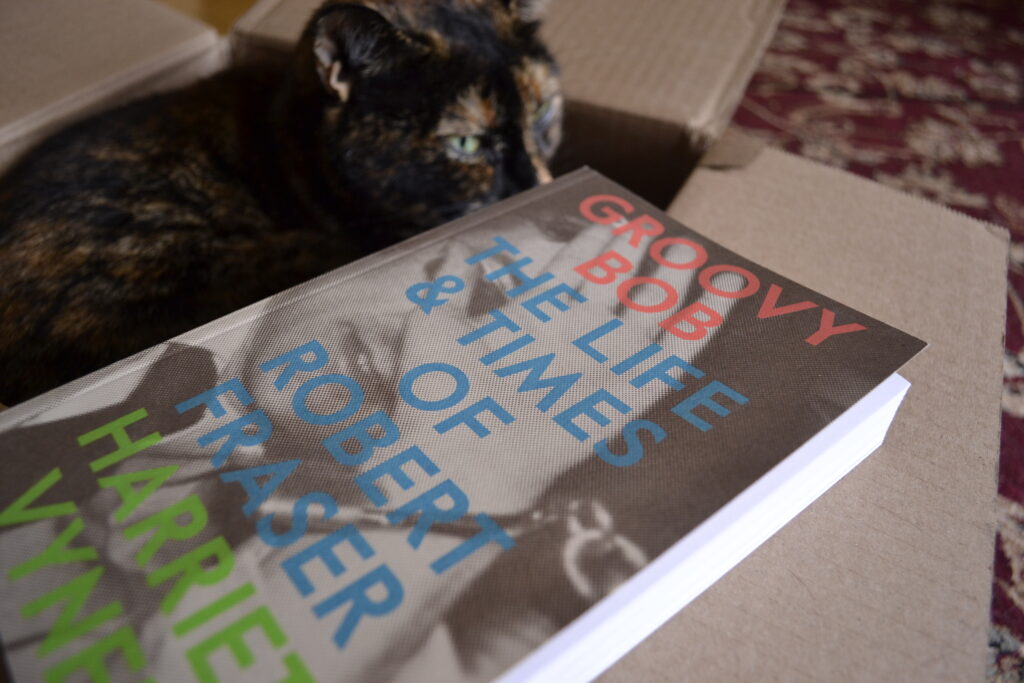
My Version of Summer Reads
When the weather gets warmer, I feel the urge to retreat inside — especially in the heat of the midday, due to being prone to heat related illnesses. So even though summer may be the slower reading season for some, it’s never been slow for me unless we have a lot of travelling to do. This year there are no summer weddings, which means I have stocked up on my favourite summer reads: spooky books and non-fiction.
Harriet Vyner’s Groovy Bob: The Life and Times of Robert Fraser is a biography of (gasp!) Robert Fraser, a London Gallery owner in the 1960s that was on the pulse of the art scene that defined an era, also introducing the world to several artists that would end up taking it by storm. I’m interested in this period in history and especially how it unfolded in London and I’m also interested in art history so this was the perfect combination of both.
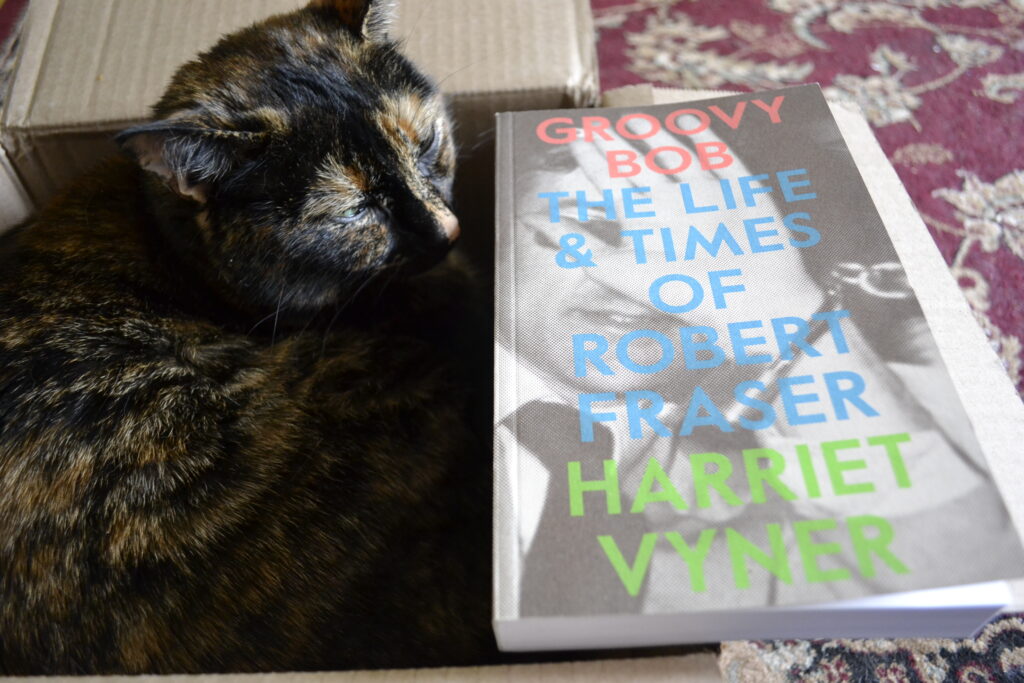
A Different Kind of Biography
Vyner decided to write Fraser’s biography via extensive interviews with the people who knew him, including herself and her own memories of him. It’s an interesting mix of individuals and viewpoints because not only does she have statements from his mother and various relatives, the reader also gets to hear from famous musicians like Paul McCartney, Mick Jagger, and Keith Richards, as well as famous artists including Jann Haworth, Richard Hamilton, and Clive Barker. There’s something very compelling about hearing so many people speak about the person that is a common thread between them. Their words paint a powerful portrait of what kind of influence Fraser had on the scene and on the greater world around him. Fraser may have just been a gallery owner on the surface, but he was a constant presence without which events would have taken a very different course.
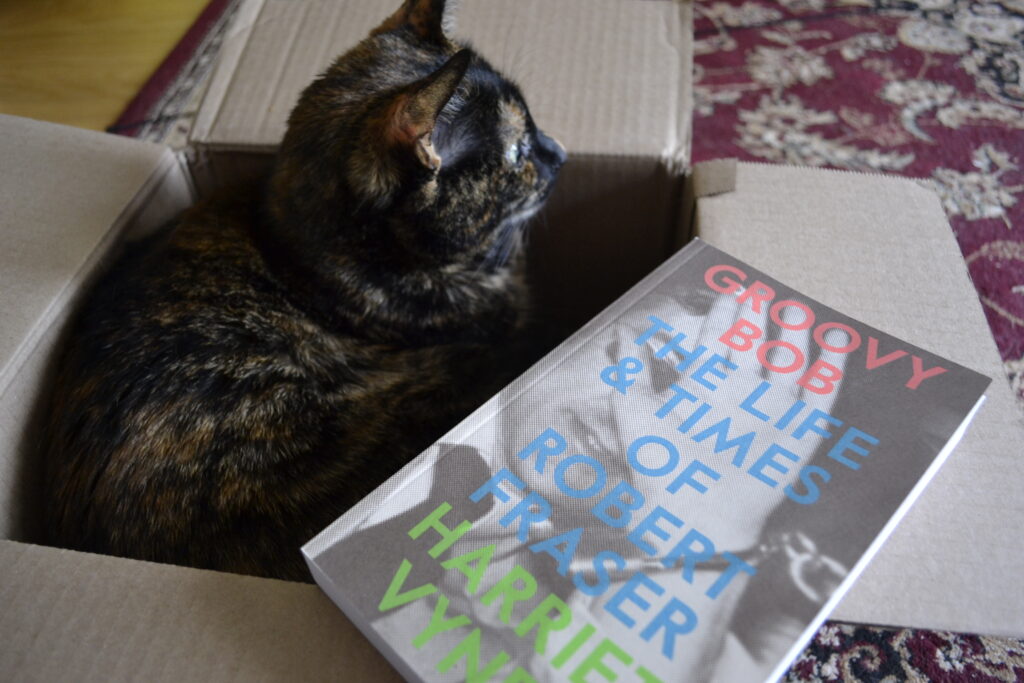
Vyner does provide text to introduce each chapter of Fraser’s life and career, but for the most part her voice is absent. I think it’s a much greater challenge as a writer to edit the words of others and provide them with the space to breathe without strangling them in interpretation or the author’s own narrative vision. Vyner’s ability to compile and then step back gives her biography an objectivity that is seldom seen in other similarly structured works.
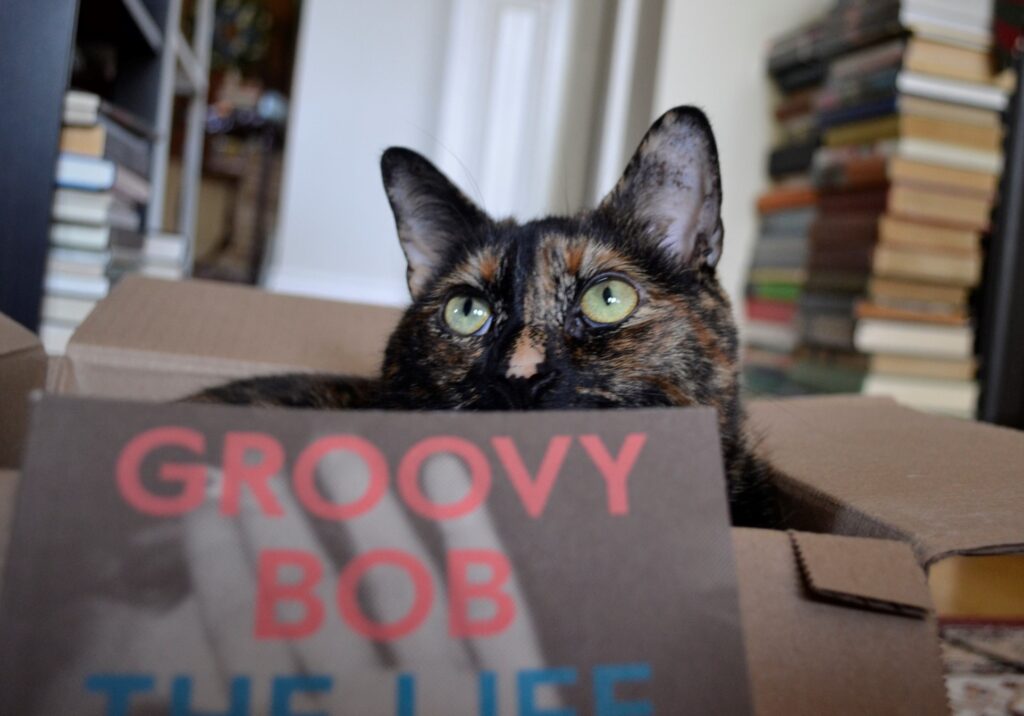
Balance and Pacing
If I have one criticism of this book, it is that I felt it a bit heavy at the front end of the work. I was struggling to get through the first hundred pages, but after that I found myself sailing through the book to its conclusion nearly in a single sitting. That being said, I also found the book a bit thin on the concluding years of Fraser’s life.
Vyner chose to focus on Fraser’s glory days, when he had the most impact and was the most successful. While I understand that choice, I wish she had treated all of the stages of Fraser’s life with as much detail. However, I do realize that this when this book was researched and published in the late 1990s, HIV infection and AIDS-related illnesses and deaths were not subjects that were readily discussed or written about. Fraser wasn’t very comfortable talking about his diagnoses or his illness, so perhaps there wasn’t a lot to extract from her sources in interviews about his final years.
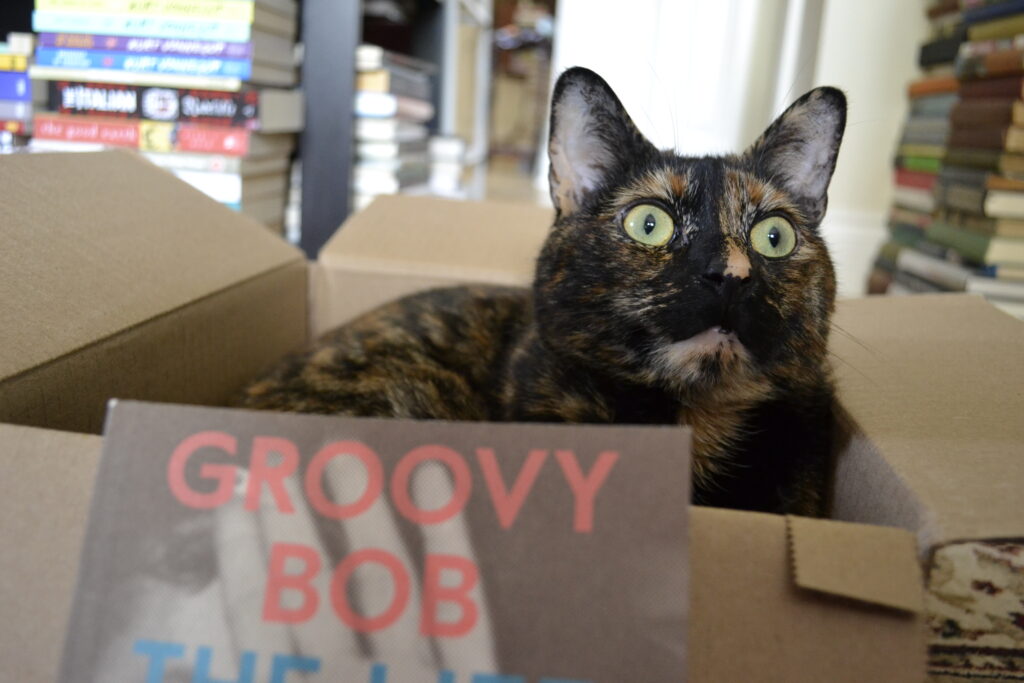
A New Books in the Pile
In keeping with my newly formed non-fiction summer reads tradition, I have a few new books in my stacks that I’m hoping to finish in the warm months. I have Nina Siegal’s The Diary Keepers, To Anyone Who Ever Asks from Howard Fishman, We Don’t Know Ourselves by Fintan O’Toole, and A Year with Swollen Appendices from Brian Eno close to the top, but there’s a few more lurking further down in the pile like James Baldwin’s The Price of the Ticket, The Journals of Sylvia Plath, and Bernstein and Woodward’s The Final Days.
I may primarily read fiction, but I can find non-fiction more relaxing and a bit easier on my brain when I’m stressed or getting headaches. It’s also a bit easier to pick up and put down again without feeling the need to power through to the end.
Whatever your summer reading tastes, I wish you a spectacular sunny book season — whether the books you chose are sunny at all. I did read Chernobyl Prayer a few summers ago, after all, so no judgement here.
